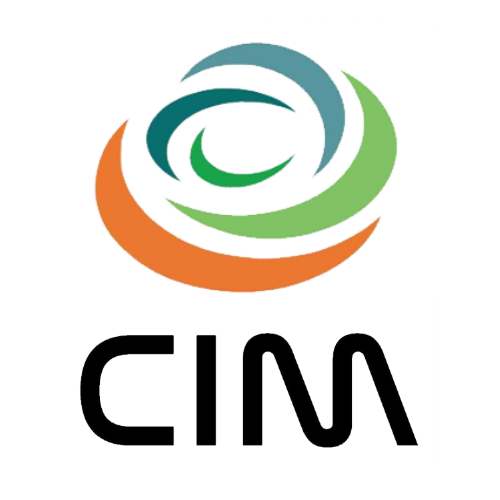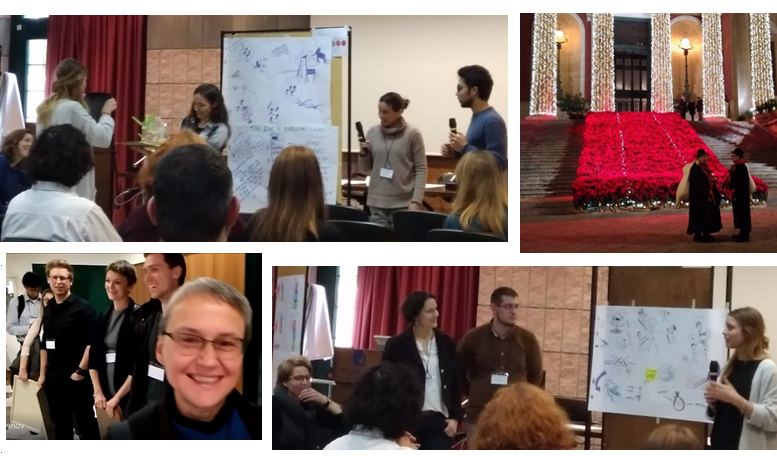CIM
Cultivating Creativity and Innovation in Higher Education
CIM (Promoting Creativity and Innovation Management in Higher Education and Business) sets out to transform learning by embedding creativity and innovation skills into academic curricula and professional training programs.

Drawing on a competence-oriented, constructive, and self-directed learning framework, CIM equips both university educators and business trainers to adopt learner-centered, real-world methods. This ensures that students and trainees alike gain the confidence and practical know-how to spot opportunities, design groundbreaking solutions, and bring those solutions to life.
Vision
While creativity is often seen as an abstract, artistic skill, CIM proves it can be systematically taught, facilitated, and validated—empowering learners to generate, evaluate, and implement innovative ideas across diverse fields, from entrepreneurship to social impact.

Approach & Key Activities
Fostering Opportunities & Entrepreneurial Mindsets
Encouraging learners to identify valuable problems or challenges—opportunities with the potential for real-world impact.
Generating Innovative Solutions
Introducing creative thinking techniques and innovation management principles. This supports the development of useful, desirable, and feasible ideas that meet ethical and legal standards.
Learner-Centered Didactics & Mathetics
Blending the trainer’s approach (“didactics”) and the learner’s approach (“mathetics”) in a unified “CIM approach of competence-oriented learning and validation.” Educators transition from top-down instruction to facilitation and mentoring, boosting learner autonomy and engagement.
Guided Implementation
Helping learners move from concept to practical application, often through projects, internships, or real organizational contexts—bridging the gap between theory and practice.
Competence Validation & Recognition
Assessing creativity and innovation management through a competence framework, connected to certification systems and validated Europe-wide. Learners receive formal evidence of their skill development, easily recognizable by HEIs and employers.

Why CIM Matters
Empowered Learners, Forward-Thinking Educators
By shifting from teacher-centered to learner-centered approaches, CIM unlocks the inventive potential of students and trainees, preparing them for a rapidly changing global landscape.
Systematic Creativity & Innovation Skills
CIM demonstrates that creativity and innovation aren’t vague concepts—they can be taught, practiced, and refined like any other skill set, significantly benefiting students’ future career paths.
Practical Application & Industry Relevance
From entrepreneurial ventures to corporate problem-solving, learners develop real-world projects that prove the tangible value of creativity and innovation in business and society.
Sustainable Change in Higher Education
The project underscores the need for institutional support to maintain a culture of creativity. Investment in educator training, facilitative teaching methods, and open, trusting environments ensures long-term integration of these skills.
CIM paves the way for 21st-century learning, transforming both universities and workplaces into hubs of creativity, collaboration, and applied innovation. By combining self-directed learning, structured facilitation, and robust competence validation, the project shows that nurturing creative thinking and innovation management is not just possible—it’s vital. Ultimately, CIM offers a blueprint for fostering a new generation of innovative problem-solvers, ready to tackle the challenges of tomorrow.
